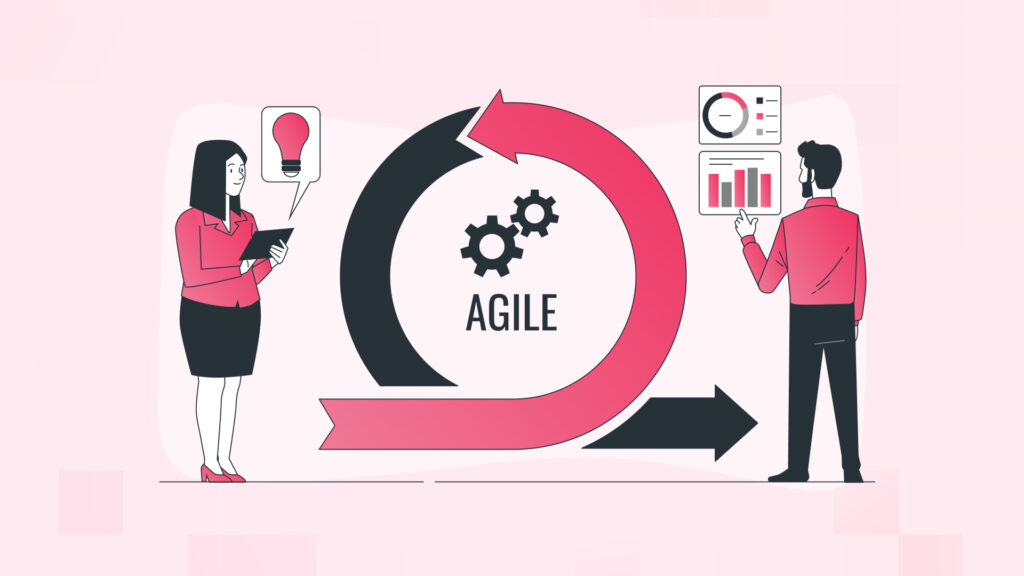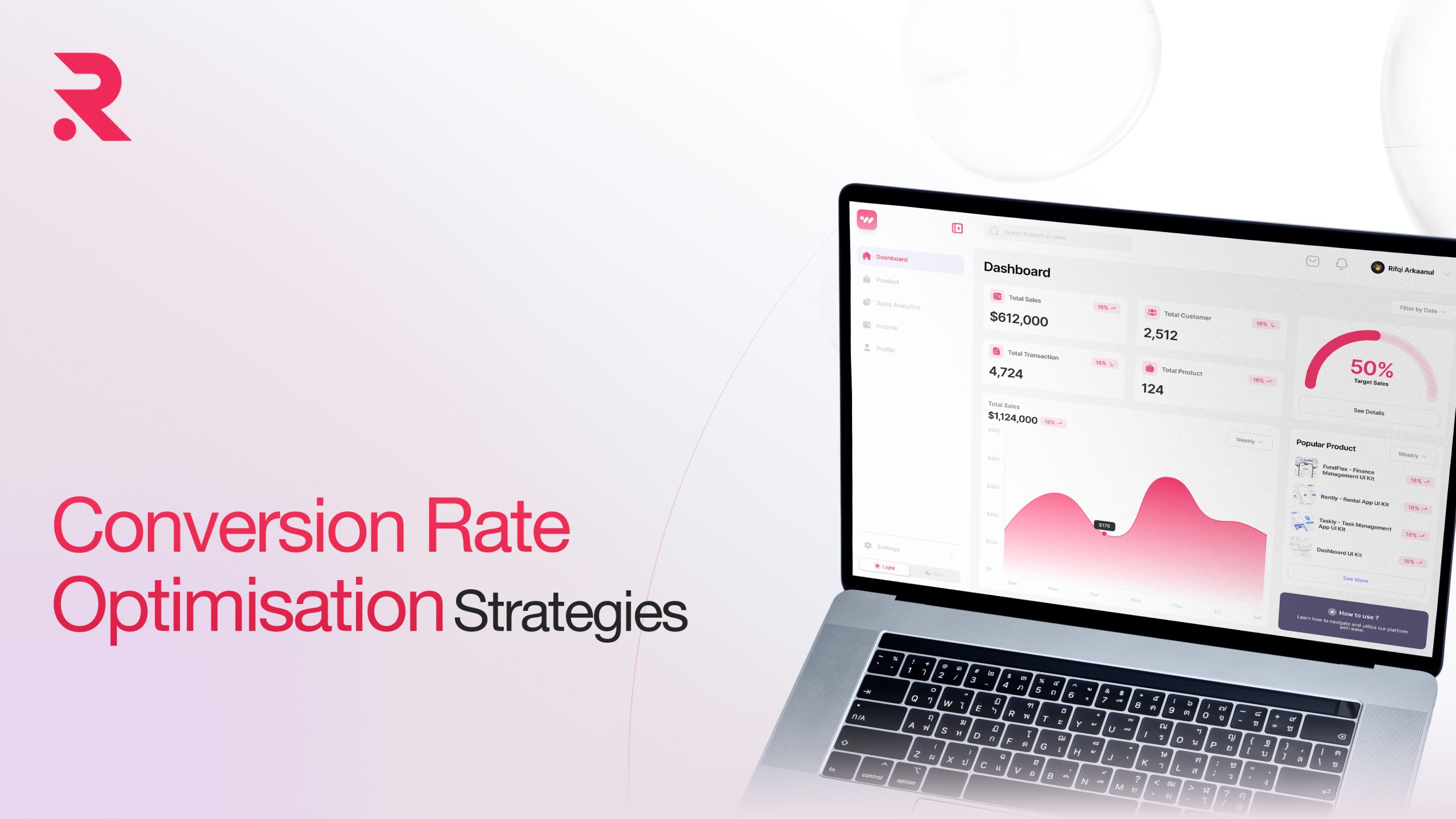Understanding the MVP Approach: How to Build Software That Scales

The development of scalable software turns out to be a balancing act between speed, features, and futureproofing. Startups and enterprises easily fall into the trap of defining a feature set that is so grandiose that it just toes the line for a new-product release only to find themselves sludging through a morass of technical debt and bloated software. Enter to MVP Approach for the business to get its idea out quickly, get feedback from users, and then scale.
What is MVP exactly and how can you leverage it for building a software product that does not just survive but thrives? In this full house session, we will dissect the meaning of the MVP concept, its benefits along with best practices, and how to transform an MVP into a scalable, market-leading software product.
Why is the MVP Approach Essential?
Instead of spending months (or even years) creating a well-featured product, the MVP approach has enabled companies to:
Validate Their Idea with Real Users: Before committing extensive resources, companies can test whether there is a genuine demand for their solution.
- Collect Vital Feedback at the Earliest: The study of how users relate to the product provides major insights as to what is working, what is not, and what needs to be improved.
- Reduce Development Costs and Risks: By only concentrating on key features in the early stages, companies can avoid wasting money on what will ultimately become unnecessary work and do their part to minimize the risk of launching a product that does not meet users’ needs.
- Change Course or Custom the Approach in Accordance with Market Demand: The MVP-based approach allows for flexibility and provides the chance to adjust or change the strategy based on the users’ reactions and feedback.
Key Characteristics of an MVP
To build an effective MVP, businesses should focus on the following core characteristics:
Focused Core Features
An MVP should include only the most essential features necessary to solve the primary problem it addresses. Concentrating on simply the most important-added value to deliver will help avoid feature bloat.
So, for instance, in a ride-sharing app, a minimum viable product should enable a user to request a ride and a driver to accept the request, after which any further features like fare splitting, loyalty programs, route optimization, and others can simply be added later.
User-Centric Approach
The primary goal of an MVP is to gather real user feedback as quickly as possible. Instead of assuming what users want, businesses can directly observe how early adopters interact with the product and refine it accordingly.
Scalable Architecture
Although an MVP starts with minimal features, it should be built with future growth in mind. Scalability must be built into the architecture so that new features can easily be added to an evolving product.
So, developing an eCommerce platform, the architecture will allow adding features in the future such as AI-based recommendations or multi-vendor support, while the existing MVP can support only basic transactions.
Lean Development Methodology

An MVP is often developed using Agile methodologies, enabling rapid iteration and continuous improvement. Instead of sticking to a launch-and-wait mentality, Agile espouses a short cycle approach to swiftly react to feedback and refine the product.
Following the principles, companies ensure that their MVP achieves the desired outcome of confirming assumptions, reducing risks, and preparing for an eventual product with massive potential for scaling.
Advantages of an MVP Approach
Speedier Time to Markets
One of the greatest assets of a Minimal Viable Product is its potential for rapid launching, giving companies a speed advantage along with reducing development cycles. Now instead of taking years to perfect a fully formed product, a company can rush through what they think is priority functionality and put it out there for feedback from users to work toward refining it.
To illustrate, that was the way Instagram was in the beginning-a photo-sharing service named Burbn-member that would later pivot according to what the users were doing with it. Similarly, Dropbox launched with only a simple explainer video showing its cloud storage capabilities before building out the full product.
Cost Efficiency
Cost was big whenever it came to developing a full-scale product, as that included development, marketing, and operational costs. All the cash is allocated towards making the cuts that have the most value with an MVP, thereby narrowing down the other features that were deemed to be core.
This is vital for almost all startups or small businesses, as an MVP permits these companies to test the waters without threats of huge investments. Even bigger companies can use an MVP to hoard the risks of putting money into features that may or may not be right.
Real User Validation
Remove the guesswork from product development: the MVP has real user data. Instead of making assumptions within the organization and doing market research, businesses can directly solicit early adopters’ feedback and hone the innovation accordingly.
For instance, an internal tool for Odeo employees at its inception, early public feedback helped shape Twitter into what it is today, one of the leading global social media platforms.
Lesser Risks of Failure
Startups have a high ratio of failure, and this is partly because of products that fail owing to mechanical responses or demand that goes missing, poor end-user experience, or a misfit with other market needs. MVPs allow such an alignment because they enable companies to test their product idea in a safe environment.
Should the very first roll-out of the product fail to take off, the company can either make improvements based on feedback or pivot to a more viable solution-without having to carry the weight of a heavy sunk cost.
Flexibility towards Pivot
The trends in the market keep on fluctuating with a slight speed, the so-called “one-who-makes-it-adapt-fast.” Besides, the real MVP principle is the possibility of much easier adjustment based on real-world insights.
For instance, Slack initially started as a gaming company called Tiny Speck. They found that the internal communication tool had much more potential, and hence, they switched to a workplace messaging platform called Slack.
How to Build an MVP That Scales
Identify the Core Problem
The first step in building an MVP is defining the primary problem your software aims to solve. This requires:
- Market research
- Identifying pain points
- Analyzing competitors
Define the Essential Features
Avoid feature creep. List out features that are essential to solving the problem and prioritize them based on user impact.
Select the Right Tech Stack
A scalable MVP starts with the right technology stack. Consider:
- Backend: Node.js, Python, Ruby on Rails
- Frontend: React, Vue.js, Angular
- Database: PostgreSQL, MongoDB, Firebase
- Cloud & Hosting: AWS, Google Cloud, Azure
Develop Using Agile Methodology
Using agile development ensures quick iterations, continuous user feedback, and flexible adaptation to market changes.
Launch & Gather Feedback
Deploy your MVP to a limited audience, measure performance metrics, and collect user feedback. This data-driven approach helps in refining and optimizing the product.
Plan for Scalability
Once your MVP gains traction, ensure that your architecture can handle growth:
- Optimize Database Performance
- Use Scalable Cloud Services
- Implement Load Balancing & Caching
Need Reliable Web Development partner to help grow your Business?
Our Experts Can Help!
Scaling Beyond the MVP Stage: A Breakdown
Once a Minimum Viable Product proves itself in the initial market—gains traction, positive user feedback, and validates its core concept—the next phase is scaling. Scaling is not merely adding features. The infrastructure should be optimized with automated processes, security, and user experience. Here are some:
Refining User Experience/User Interface
Early adopters may find a product tolerable with its minutest imperfectness but from then on, users will only come to expect smooth, unobtrusive experience the wider the audience grows. Polishing up an excellent User Experience (UX) and User Interface (UI) guarantees that the product is easy to navigate, visually attractive yet also functional across all devices. A well-designed UI increases customer satisfaction and thus improves retention rates.
Automate Key Processes
Manual processes become a bottleneck as the user grows. Automation helps in the following:
- DevOps & CI/CD Pipelines: Quicker development and less erroneous deployment of new features.
- Customer Support: Faster response times, as people will be attending to more complex issues rather than mundane ones, through chatbots or providing automated ticketing and self-service help centers.
- Marketing and User Onboarding: Sequences for sending emails, push notifications, and guided onboarding processes automatically enhance user engagement retention.
Strengthen Security & Compliance
- The more your product scales, the more cybersecurity threats it will experience due to an increased number of users and data collected, making it evident that a breach would be almost inevitable. It has to do with ensuring:
- Data encryption and secure authentication methods (for example, multi-factor authentication).
- Thus, compliance with regulations like GDPR (in Europe) and HIPAA (health data protection).
- Regular Security Audits and DDoS protection against cyber-attacks.
Infrastructure Expansion
As the resource grows, so does the user load on the application. Scalable infrastructure ensures that during peak traffic periods, your application stands strong. Get rid of monolithic architecture and shift to microservices or serverless models which will allow flexibility and better performance when dealing with demand. Cloud solutions like AWS, Google Cloud, or Azure provide scalable resources adjusting dynamically as user demand shifts.
Constant User Feedback Loop
- Companies that scale have never learned enough from the users. The key to sustained success is continuous improvement based on:
- User analytics and behavior tracking. Understanding how people use your product to know which new feature is worth developing compared to optimizing an existing one.
- A/B Testing and Experiments: Testing different versions of features, designs, or pricing models to find the most effective approach.
- Community Feedback & support tickets: To get engaged with the users via surveys, forums, and customer service to understand friction points and improvement needs.
Common Mistakes When Making the MVP
- Building for too many use-cases: Concentrate on a very niche segment, then broaden its scope.
- Ignoring Scalability Right from the Start: An ill-architected MVP becomes technical debt in the future.
- Losing Focus on User Feedback: If you have not been on the field to gather user insights, an MVP is just an assumption.
- Over-Engineering: The best answer is to keep it simple. Launch then iterate.
- Confusing the Metrics: Vanity metrics (likes, downloads) don’t translate into success; look for engagement, retention, and conversion rates.
Need a Stunning Web Development Services?
We Can Help!
Conclusion
Proper expansion of the software presupposes a very conscious deliberate iterative approach that manifests itself strongly into the MVP model as a guiding framework for actualizing it speedily for a business. Core functionality, actual user feedback, and growth-oriented development are the main focuses through which such enterprises seek to make their risks as minimal as possible while maximizing the opportunity for success.
Not only applies the MVP method to fledgling companies; it also applies to established ones as well in that it can allow for idea testing, resource optimization, and the actual creation of products for needs truly out there in the market.
Start small, iterate fast, and scale smartly! By adopting a continuous feedback loop and refining your product based on real-world data, you can ensure that each development cycle brings you closer to a robust, market-ready solution. The MVP approach is not just about launching quickly-it’s about evolving intelligently, reducing risks, and maximizing growth potential.
Time to think of MVP! To gain insights from users’ views and tailor your product to make it a scalable one for posterity.
 Shopify
Shopify










